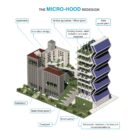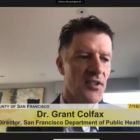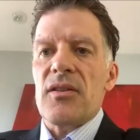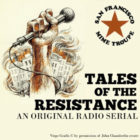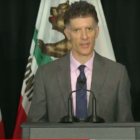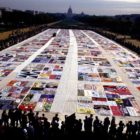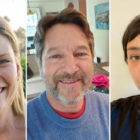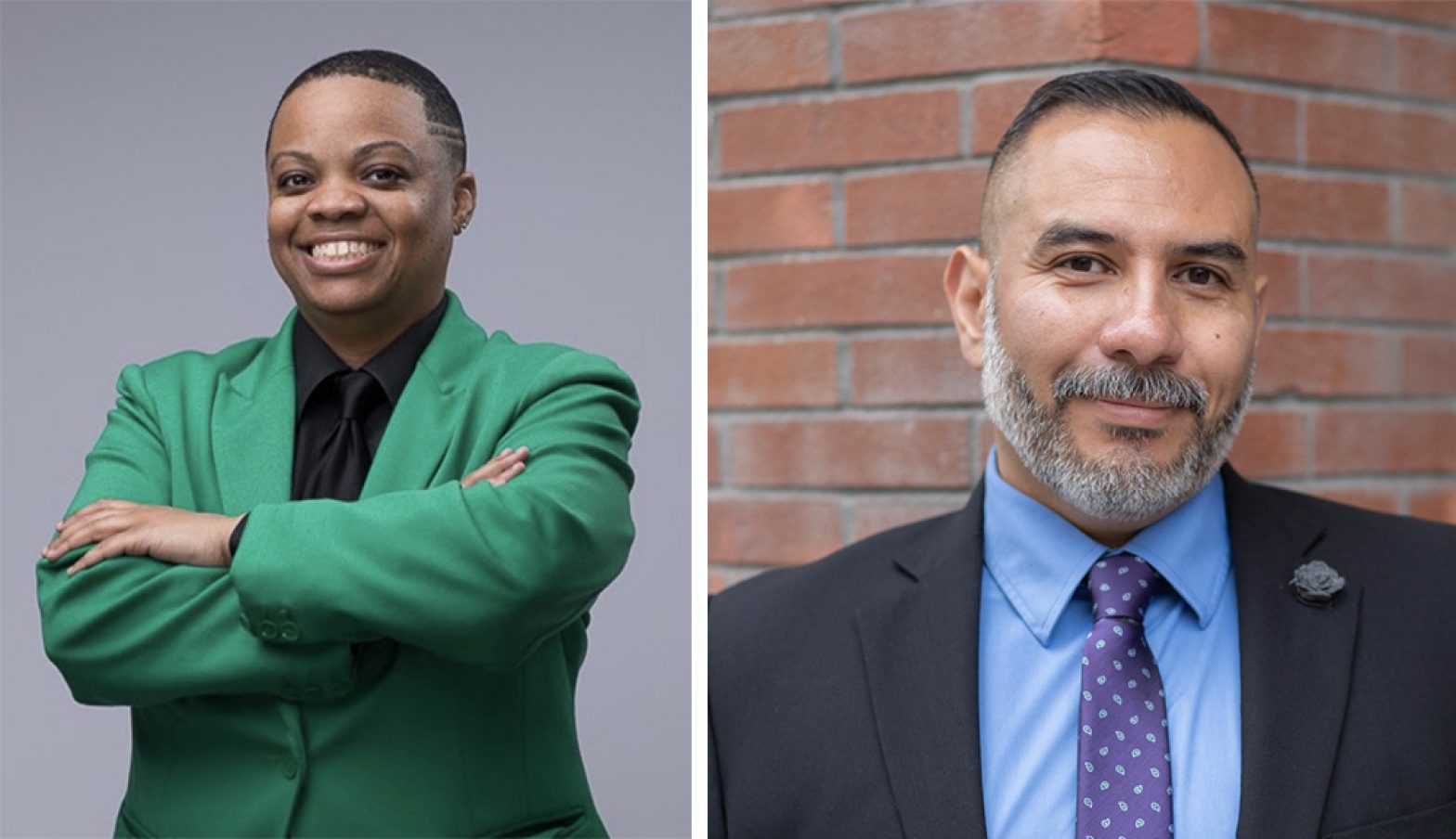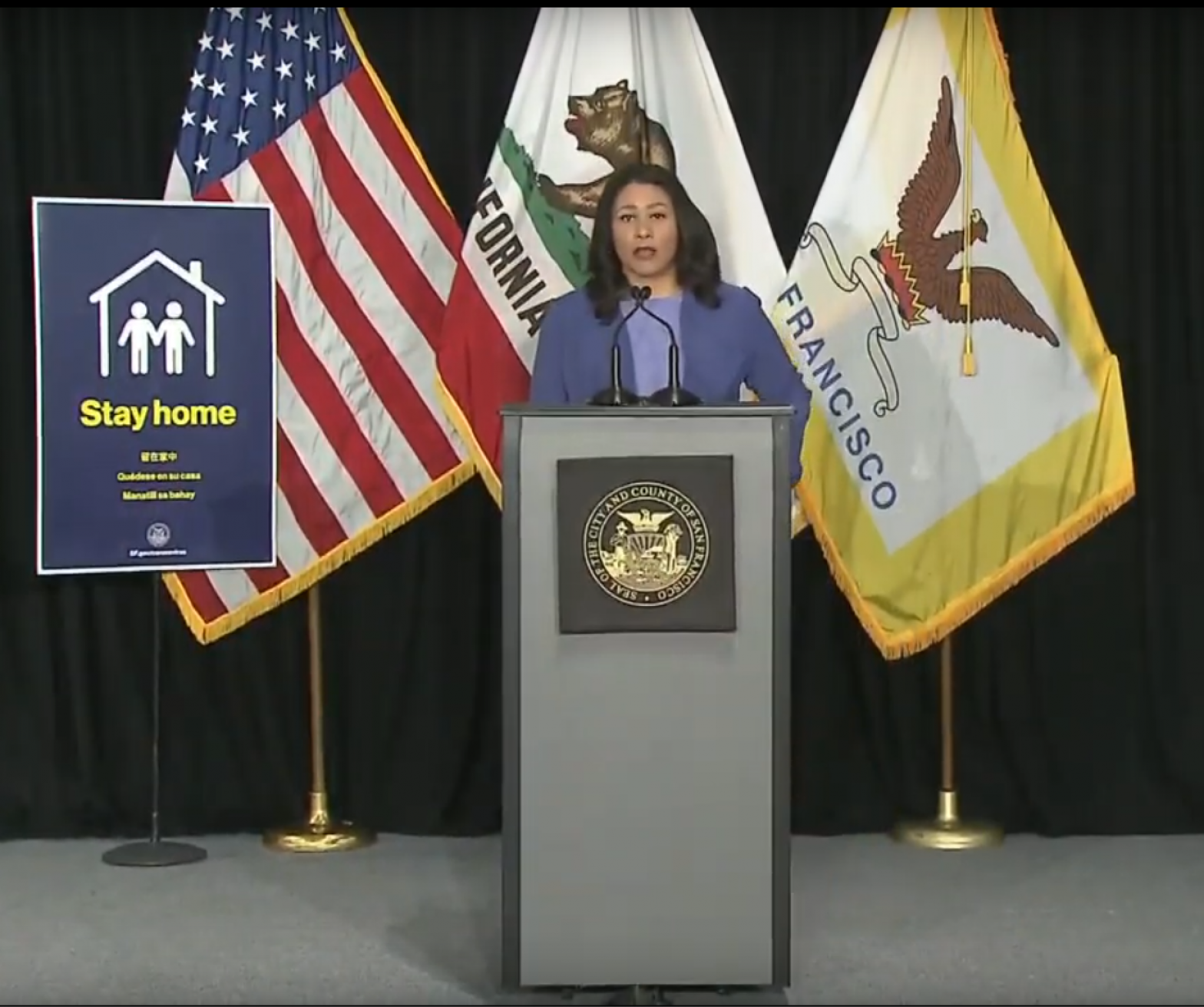Economy & Business
Working From Home May Drastically Change the Workplace Even After the Pandemic
Zoom meetings and other communications tools have made it possible for many white collar workers to remain employed as they work from home.
Stanford economist Nicholas Bloom says what had once been uncommon, is now a necessity. “Before COVID, about 5% of working days were spent at home and that was done by about 15% of Americans, with an average of one in every three days. During COVID, 42% of us are now working from home so it’s an eight-fold increase.”
Courtesy of Nicholas Bloom. Of the remaining pre-COVID workers, Bloom found that nearly 33% are not employed and the remaining ones are essential workers and others who work directly with people or products.
When the pandemic is over, Bloom predicts that fewer people will work five days a week in a central office. “We’ll go from very occasionally working from home to something like two to three days a week.” He predicts that will have a major impact on where people will live.

